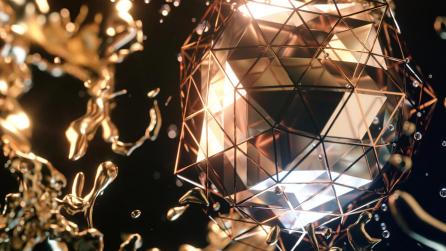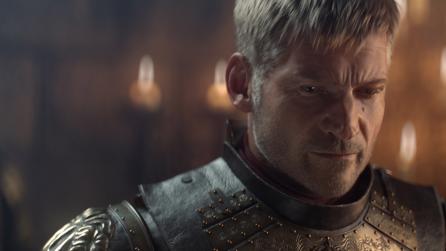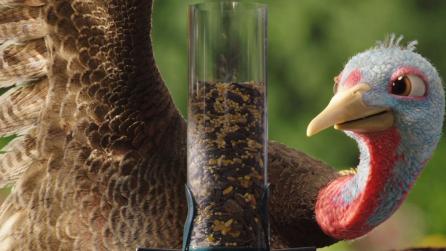Artist Spotlight: Tom Newbury
If anyone knows how to create realistic CG characters, it’s Tom Newbury
Starting his career in his home country Australia, Tom quickly found a love for VFX and creating CG characters. While his career took a slight detour into building CG environments, he never stopped crafting characters. Tom developed an extensive portfolio in his free time, and was later approached by Blur Studios, where he now works as a remote character artist in London.
Tom’s career spans many notable films from Rampage and Alita: Battle Angel to Deadpool and Spider-Man: Homecoming. The latter is one Tom is particularly proud of, since he had the important job of getting Spider-Man’s suit to look right in many different lighting environments.
“There are a lot of subtle details in the suit and it was a very fine balance to get all of the materials working correctly. It was awesome having the opportunity to work on such an iconic character,” he tells us.
Tom’s work on characters and in VFX has meant that over the years he has created some iconic characters of his own, using Mari as his tool of choice. We caught up with him to further discuss his career and how Mari is essential in helping Tom perfect his character work.
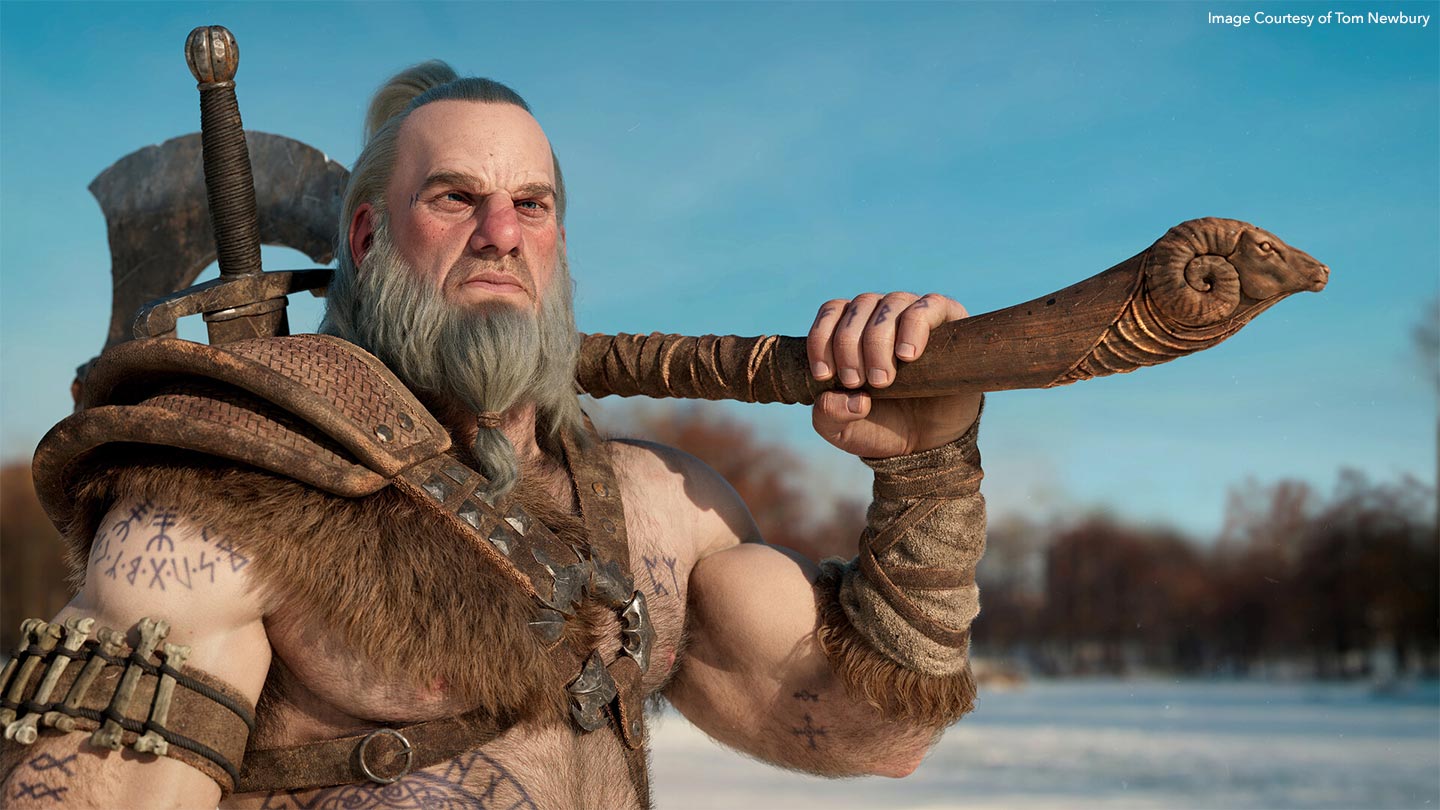
Q: Can you give some insight into your experience working with Mari—how and when did you start learning it, and do you use it in combination with any other software?
A: I started using Mari when I first started working in feature films at Luma Pictures. This was roughly 7 years ago. It’s the only software I use to texture assets because I am so comfortable in it.
Q: How does Mari support your texturing expertise? What benefits does it bring?
A: Mari's multi UDIM workflow is what makes it so valuable to me. I have worked on assets in the past which have over 100 UDIMs, and Mari helps to make managing an asset of this size much easier than it otherwise would be. The amount of resolution you can pack onto an asset is pretty incredible.
In my work, I believe texture resolution is key to making an asset look realistic. It's the fine details which takes it to the next level of realism and Mari makes it very easy to achieve this level of fine detail.
Q: What are you enjoying most about the version of Mari you’re working in, what are you excited about in upcoming Mari releases, and what would you like to see beyond these?
A: Unfortunately, I have not embraced many of Mari's latest tools and workflows. I found a process of working which helps me get an asset done quickly and efficiently at a high level of quality, and have not taken the time to learn any new techniques.
I have played around with the node-based workflow and can definitely see the power it holds. I am in the middle of transitioning my workflow over to the Node Graph because I know it is going to speed up my process even more. I don't really have much of a wish list for future Mari releases, I always managed to achieve exactly what I want with the tools they already provide.
Q: Your texturing expertise extends across characters, props and environments. What’s your favorite asset to texture, and why?
A: I find the principles and processes I used across any asset is very similar, but I would have to say characters because you are bringing life to the asset. The textures dictate a lot about a character and their story.
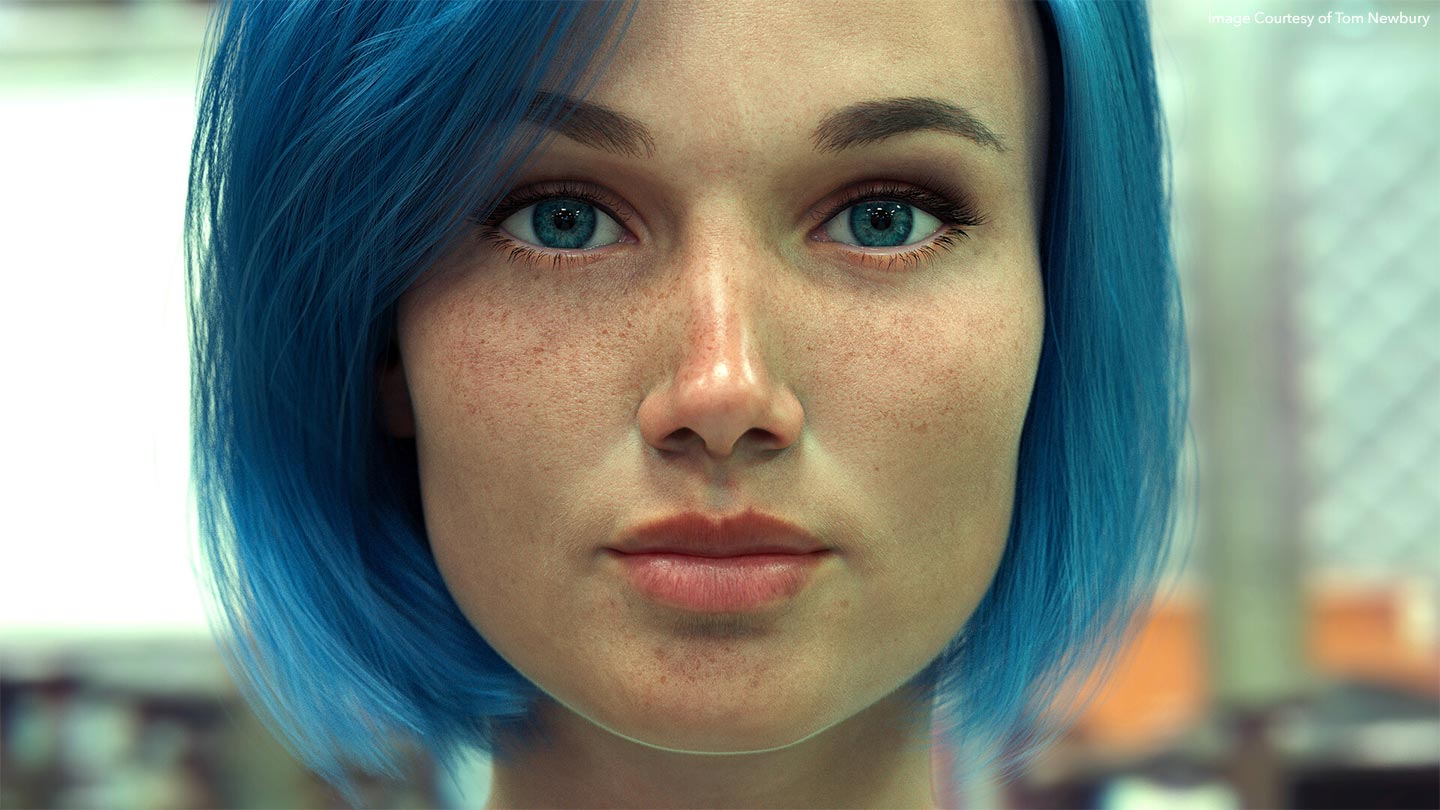
Q: What sources of inspiration do you draw from when it comes to texturing such a wide scope of assets?
A: I trawl for reference on the internet on a daily basis and have a large collection of well documented images. These references act as both inspiration and a learning tool. I am also inspired by my surrounding environment. As an artist, I find it very important to be as observant as possible— always look around your environment for things that grab your attention and try to take in as many details as possible. The complexity of things in the real world is something that inspires me greatly.
Q: What resources and processes have you used/still use to perfect your texturing and look development skills?
A: When it comes to character work I believe Texturing.xyz is an amazing resource. When used correctly, these maps can help you bring a level of detail to your characters which is extremely difficult to obtain any other way.
Textures.com is another resource I have been using for years and still do to this day.
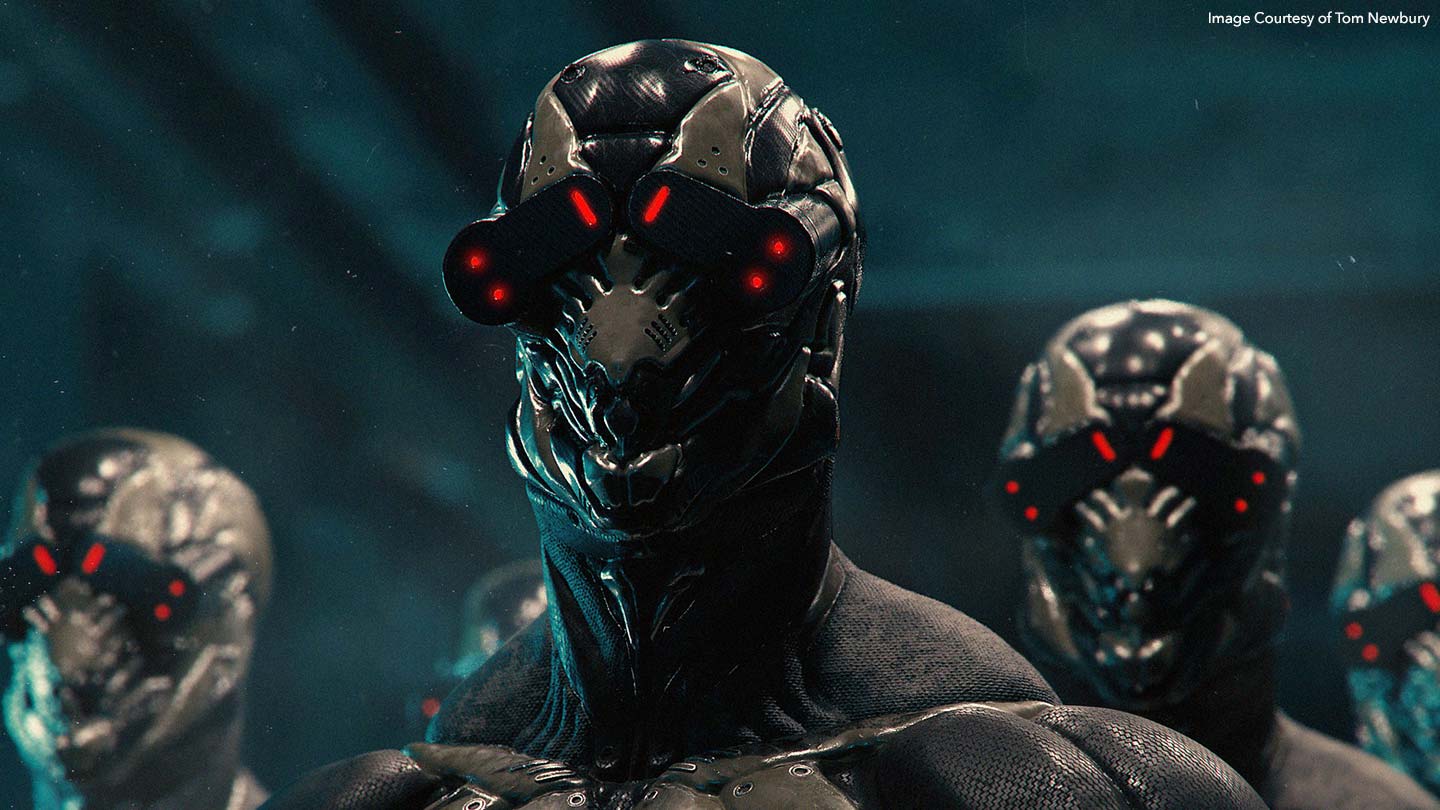
Q: What challenges did you have to overcome in order to get to where you are today? Have you had to develop any skills to overcome these challenges?
A: Ever since I started in the industry, I wanted to work on characters. Unfortunately, especially in VFX, characters can be few and far between. I became very efficient at building environments and so got pigeonholed as an environment artist for a few years.
This drove my passion to do character work in my personal time. I would put aside time before work to create characters in my personal work, and build up my portfolio because I was not getting the opportunity at my day job. I kept working at it for 8 years until Blur reached out to me; now the only work I do for Blur is characters.
Q: Do you have tips and tricks for burgeoning artists looking to invest in Mari and for look development?
A: Mari is an essential tool when it comes to texturing for VFX. If you are working on creatures for a feature film, they will most certainly be using Mari to reach the levels of detail they need to bring that character to life. Once you have mastered the tool, then starts the process of training your eye. Training your eye to see is one of the most crucial processes as an artist. This can only be done by observing the world around you both online and in your own environment.
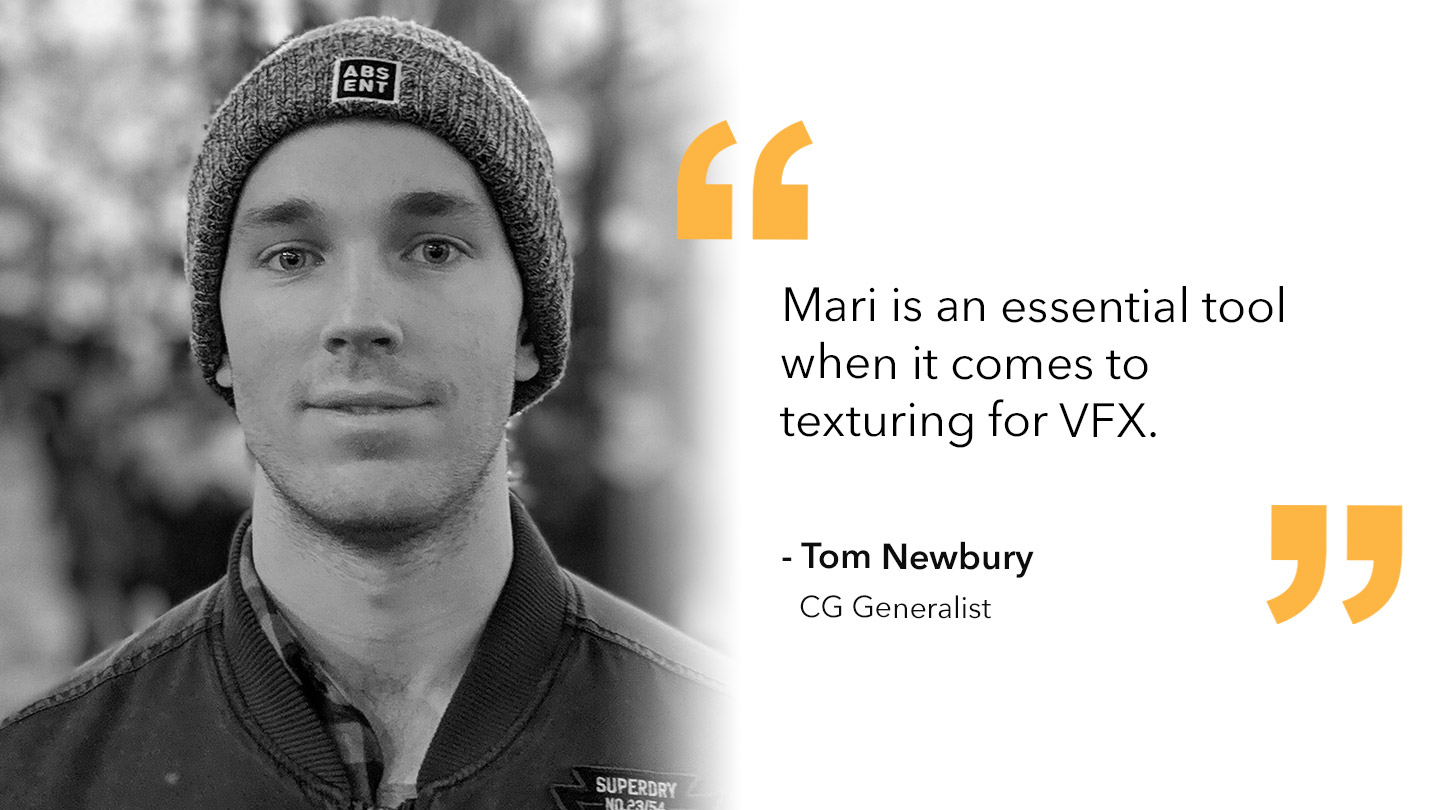
Q: Do you have any wider tips for artists looking to break into the VFX industry, and specifically look development? What’s out there that these same artists should pay more attention to for employment/skill-up opportunities?
A: For me, personal work is key. I still try to do it today, after being in the industry for 10 years. People in the industry are practicing their craft 8 hours a day, if you want to catch up and break into the industry, you need to be working just as hard or even harder.
When I am at a creative high in my personal work, I can end up doing 10-12 hours a day including my day job. This is not healthy in the long run, and there will always be ups and downs, but it is important to try and stay consistent. Once your personal work gets to a certain level of quality, the work ends up finding you.
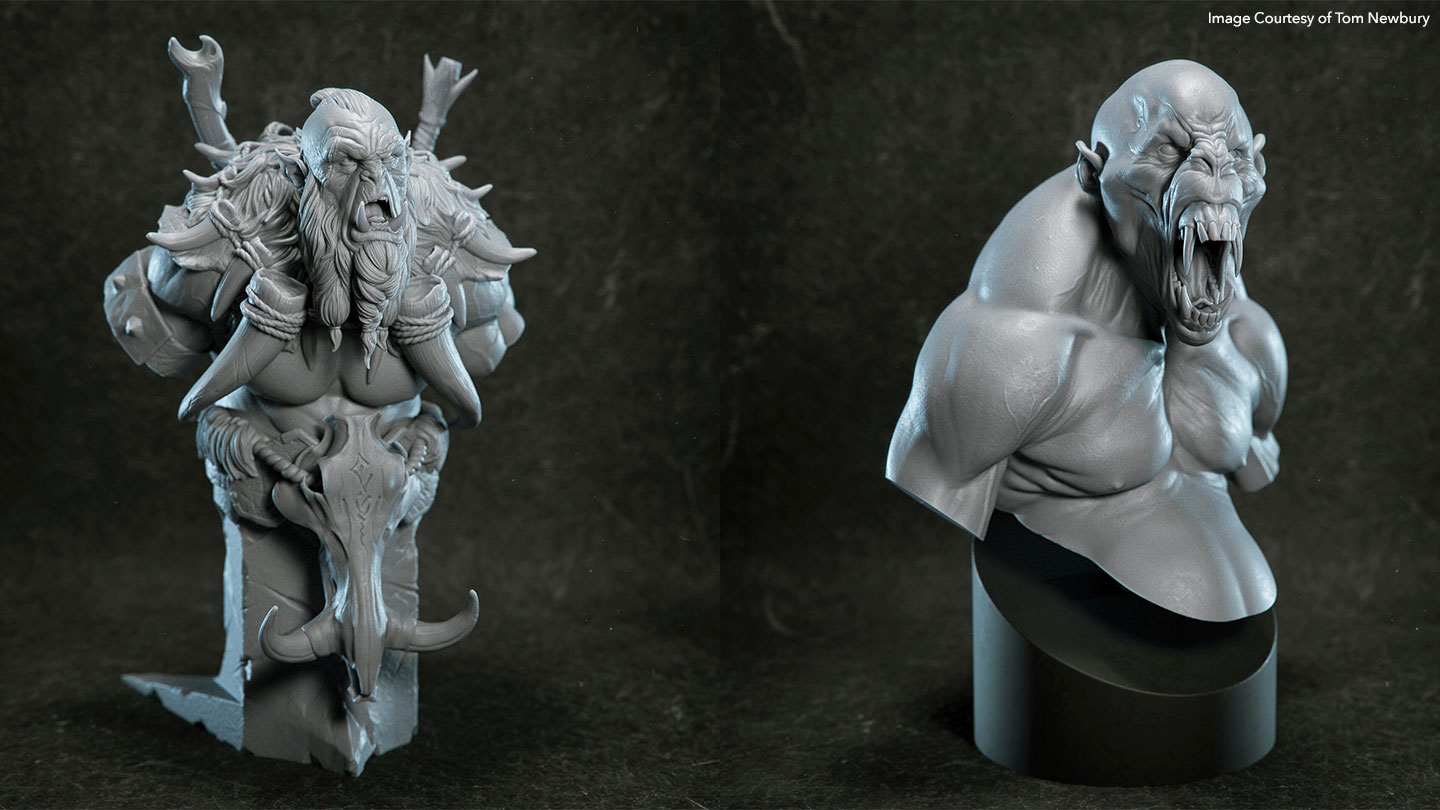
Q: What do you think is in store for the future of look development? How does Mari fit into this, in your opinion?
A: A dream of mine is to be able to work on a hyper-realistic character in real time, that would be a game-changer! Today, some of my higher sample and resolution renders take multiple hours, this can make progress very slow. I think the only way this dream can become a reality is the inevitable progress of technology.
Check out Tom Newbury’s work here, or try your hand at your own characters with Mari
Keep an eye out for some exciting Katana and Mari news, coming soon!
